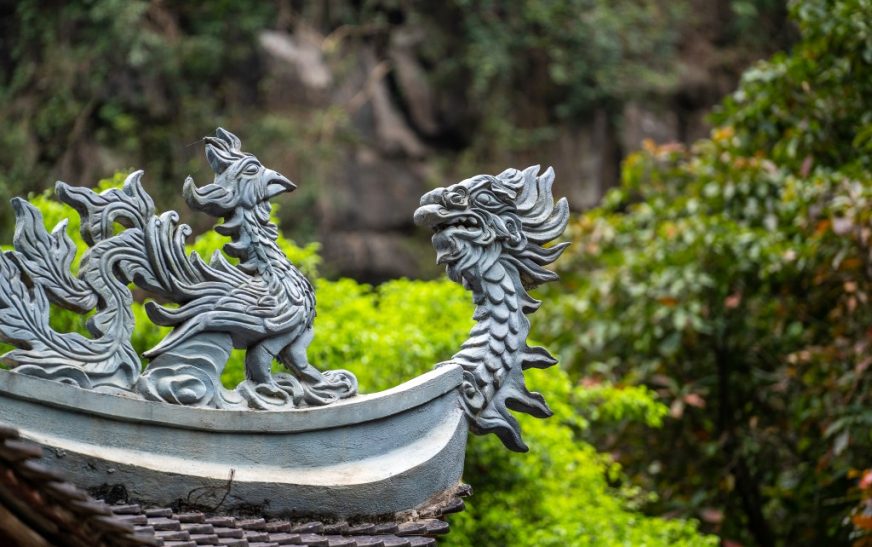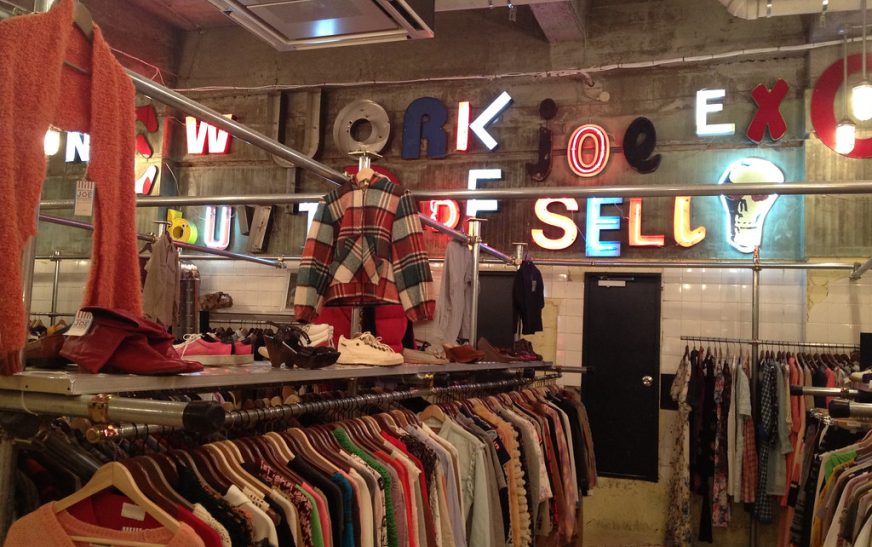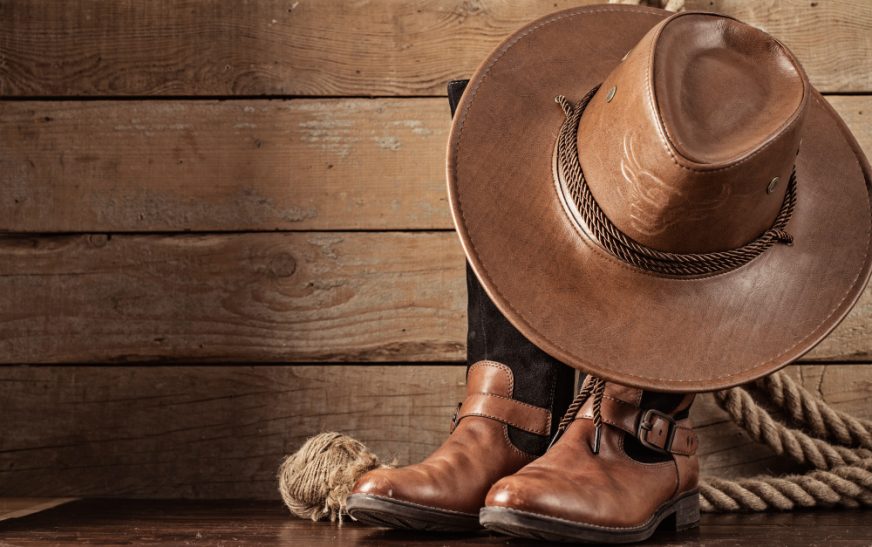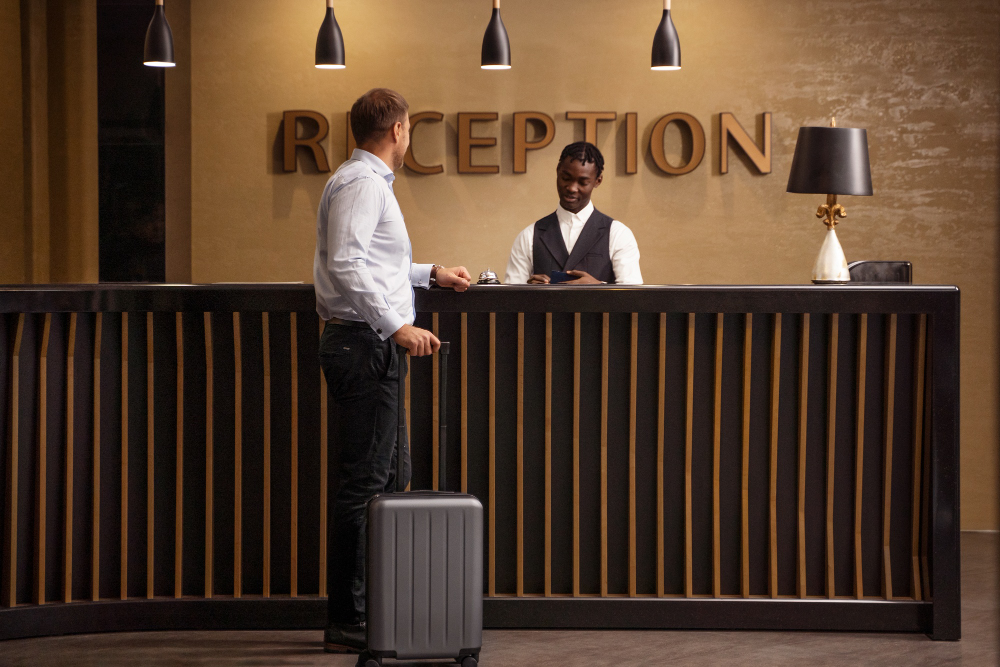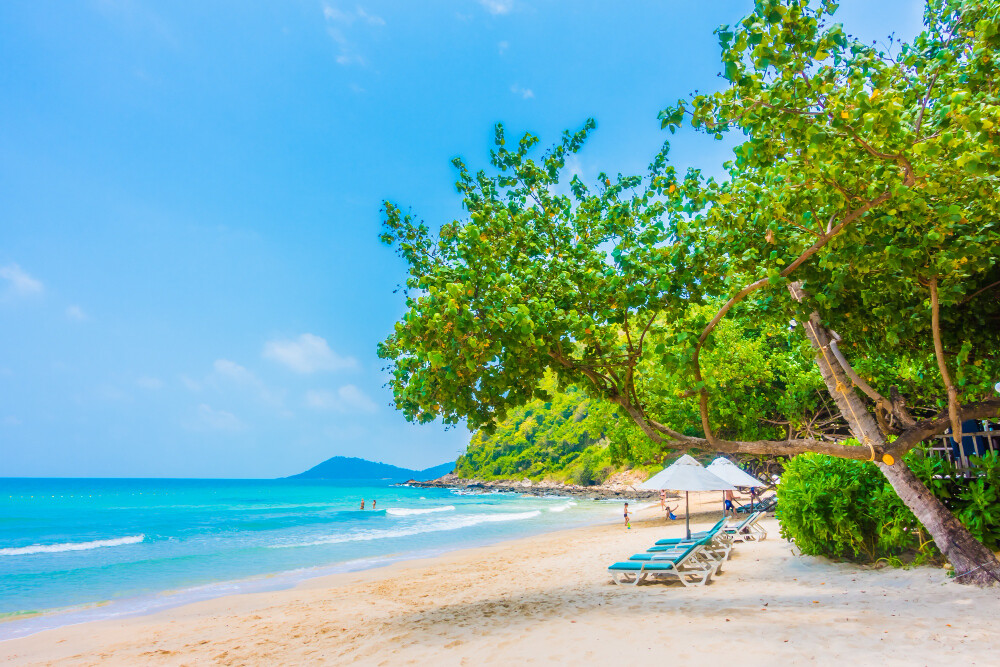The dragon in Vietnam is far more than a mythical creature—it’s a powerful national symbol that represents strength, prosperity, and protection. From ancient dynasties to modern architecture, dragons have been deeply woven into the fabric of Vietnamese identity. When people search for “Dragon Vietnam,” they are often looking to understand its historical roots, cultural symbolism, and presence in modern Vietnam.
In this article, we’ll explore the origins, meanings, and appearances of dragons in Vietnamese culture, art, mythology, and tourism.
The Vietnamese Dragon: Origins and Meaning
Historical Significance
The Vietnamese dragon (Rồng) has existed for over 4,000 years and is a revered symbol in Vietnamese mythology. Unlike Western dragons, which are often destructive, the Vietnamese dragon is a benevolent creature associated with rain, agriculture, fertility, and royal power.
The legendary story of Vietnam’s founding involves the Dragon Lord Lạc Long Quân, who, along with the fairy Âu Cơ, gave birth to the Vietnamese people—making dragons a part of Vietnam’s spiritual ancestry.
Symbolism of the Dragon in Vietnam:
- Power and royalty
- Wisdom and longevity
Protection against evil - Prosperity and good fortune
- Connection to water and agriculture
Dragons in Vietnamese Architecture and Art
Dragons appear everywhere in Vietnam—from imperial palaces to temple roofs and ancient carvings.
Notable Dragon Art Examples:
| Site | Description |
| Imperial Citadel of Thăng Long | Dragons line the steps and walls of this UNESCO World Heritage Site in Hanoi. |
| Hue Imperial City | Emblematic dragon motifs decorate royal tombs, temples, and the Forbidden Purple City. |
| Pagodas and Temples | Stone, wood, and ceramic dragons often guard entrances and decorate eaves. |
| Currency & Seals | Dragons are featured in old Vietnamese banknotes and official emblems. |
Dragon motifs are drawn in sinuous, flowing lines, often holding pearls (symbols of wisdom and power).
Dragon in Vietnamese Mythology
Lạc Long Quân: The Dragon Ancestor
According to legend, Lạc Long Quân was a dragon lord of the sea who married Âu Cơ, a mountain fairy. They gave birth to 100 children, considered the ancestors of the Vietnamese people. This myth underpins the phrase:
“Con Rồng, cháu Tiên” – “Children of the Dragon, descendants of the Fairy.”
This belief unites the Vietnamese people through shared origin and cultural pride.
Dragon Bridge – Modern Dragon in Da Nang
No discussion of “Dragon Vietnam” is complete without mentioning Cầu Rồng (Dragon Bridge) in Da Nang.
Dragon Bridge Highlights:
- Opened in 2013, shaped like a golden dragon spanning the Han River.
- Breathes fire and water every weekend night at 9 PM.
- Major tourist attraction and Instagram hotspot.
- Symbolizes modern progress fused with ancient symbolism.
Tip: Visit on a weekend evening to see the fire show and enjoy riverside cafes.
Dragon in Festivals and Modern Culture
Dragons play a major role in Vietnamese Lunar New Year (Tết) and Mid-Autumn Festival (Tết Trung Thu) celebrations.
Dragon Appearances:
- Dragon dances performed to chase away evil spirits and welcome prosperity.
- Featured on Tết decorations, red envelopes, and street banners.
- Emblems of power in martial arts schools, business logos, and national celebrations.
Conclusion
The dragon in Vietnamese culture is more than folklore—it’s a powerful, enduring symbol of heritage, unity, and vitality. Whether in ancient temples, royal dynasties, or modern cityscapes like Da Nang, dragons continue to inspire and unite the Vietnamese people.
If you’re traveling to Vietnam or studying its rich traditions, exploring the meaning of “Dragon Vietnam” opens the door to centuries of legend, art, and cultural pride.
FAQs
1. What does the dragon symbolize in Vietnam?
It represents power, protection, wisdom, rain, and prosperity. It’s a national symbol deeply tied to Vietnamese identity.
2. How is the Vietnamese dragon different from Chinese or Western dragons?
Vietnamese dragons are benevolent, water-based creatures, unlike Western dragons that are fire-breathing and often destructive.
3. Where can I see dragon-related landmarks in Vietnam?
Top places include:
- Thăng Long Citadel (Hanoi)
- Hue Imperial City
- Dragon Bridge (Da Nang)
- Various temples and pagodas across the country
4. What is the story of Lạc Long Quân and Âu Cơ?
They are mythical ancestors of the Vietnamese people—Lạc Long Quân (a dragon) and Âu Cơ (a fairy) gave birth to 100 children, symbolizing Vietnam’s origin.
5. When can I see dragon dances in Vietnam?
You’ll see dragon dances during Tết (Lunar New Year), the Mid-Autumn Festival, and other major cultural events.
Also read: Thrift Store Tokyo Luggage 2024: Where to Find Affordable & Stylish Travel Gear in Japan

